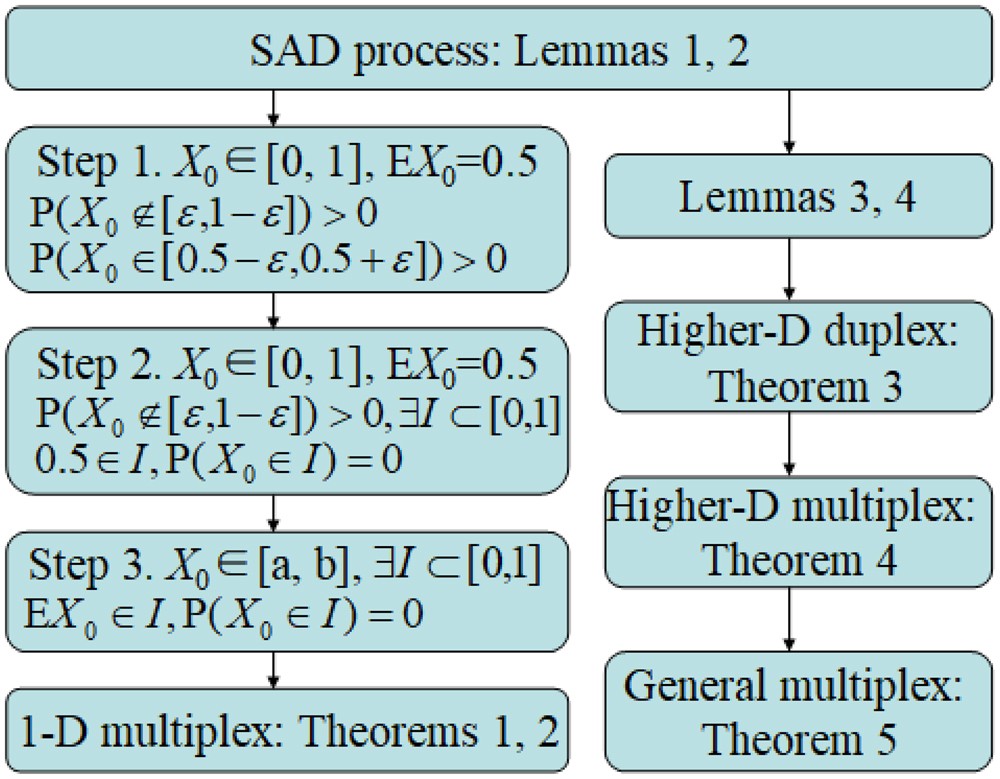

vimrcĪfter experiencing this issue on FreeBSD 6 and 7 I found the clue as to why arrow keys would display A B C D when in insert mode - buried within :help nocompatible is this nugget:īy default this option is on and the Vi defaults are used for the options. I can confirm that the arrow-key problem (under freebsd) disappeared as soon as I introduced. So, i went to /usr/local/share/vim/vim58 and copied the vimrc_example.vim to ~.vimrc. I figured out that i didnt have the ~.vimrc file. Set mouse=a at least allows me to move in insert mode. and the no environment option is not a good one. So are we to be left with no good freebsd / bash solution?ĭid nothing for me. (though you want real escape chars instead of "^[".)Īnd in addition, set term=ansi makes syntax color off in vim (afair FreeBSD with color xterm). Weird.īut, :set term=ansi works great, and the arrow keys work.Ī better solution is to, while in vi, type in insert mode and see what you get. This doesn't really work very well for me on SunOS - I have the same problem but :set term=cons25 just gives me OC everywhere before each character until I redraw. Note: ^[ is one symbol, try to enter it using ESC or See solution 15 for another imap binding solution if this one doesn't work for you. It also fixes the "backspace won't delete" problem that some people have. vimrc file in $HOME location, (if you don't have create it) Get the path of your home directory by typing echo $HOME.1.21 Solution 19 for Terminal.app in MAC=.1.17 Check whether a plugin is causing this behavior.When you start the PuTTY application, the Sessions screen allows you to enter the hostname or IP address and port number of the destination SSH server (Example: and port number 22).Configure local SSH tunneling by following these steps: PuTTY is a user-friendly SSH client for Windows.

In the example above, all traffic sent to port 5901 on your local host is being forwarded to port 4492 on the remote server located at 188.17.0.5.

⦁ ssh_server_hostname – This element of the syntax represents the hostname or IP address of the remote SSH server.Ī practical example of an SSH port forwarding command would take the following form: ssh –L 5901:188.17.0.5:4492 ⦁ -L local_port:destination_server_ip:remote_port – The local port on the local client is being forwarded to the port of the destination remote server. ⦁ ssh – Starts the SSH client program on the local machine and establishes a secure connection to the remote SSH server. The basic syntax for a local port forward command is straightforward: ssh -L local_port:destination_server_ip:remote_port ssh_server_hostname The location can either be an IP address or a hostname. To use SSH tunneling in Linux, you need to provide your client with the source and destination port numbers, as well as the location of the destination server. SSH connections are established, and security efforts can concentrate on the intermediary SSH server rather than individual resources in a network. The connection is then forwarded to a resource within the trusted internal network. Your local SSH client establishes a connection with the remote SSH server. Organizations usually solve this issue by setting up an intermediary SSH ‘jump’ server to accept remote SSH connections.

This would be a severe limitation in a modern distributed environment. Valuable network resources do not generally allow remote SSH access.


 0 kommentar(er)
0 kommentar(er)
